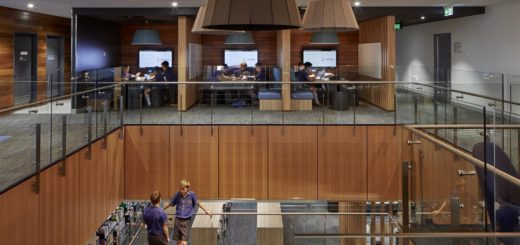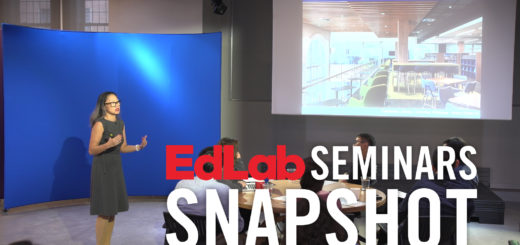To innovate? or not to innovate? that is the question

In this blog post ILETC Research Fellow, Dr Marian Mahat, reflects on parents’ perceptions of school learning spaces and the importance of research in informing design...
When my first born reached school age, I went around the northern suburbs of Melbourne to explore the neighbourhood primary schools—as you do as a parent. One school stood out. It had an innovative classroom environment, a result of the Building the Education Revolution (BER), an Australian government program designed to provide new and refurbished infrastructure to all eligible Australian schools. In Victoria, BER delivered 2,904 projects valued at $2.5 billion to government schools—with $2.2 billion going to the Primary Schools for the 21st Century (P21) program for the construction of new buildings, libraries, classrooms, multipurpose centres and refurbishment of existing facilities.
This primary school is characterised by large, open-space learning areas—a signature feature of the 21st century school environment, said the principal. An open-plan school environment helps students and teachers collaborate, he explained. I was not convinced, as I tried to get myself heard over the chatter of other parents and children in the large learning space. How can my child learn and focus in such a ‘disruptive’ environment?
Needless to say, my first born ended up going to a school with traditional classrooms. This one was characterised by round desks to encourage collaboration, and square rooms to minimise disruption. The school was small and although bursting around the seams, I took comfort in knowing that my child would be able to learn in the same type of traditional school environment I grew up in.
Five years on, this decision has come back to haunt me. There is anecdotal evidence to show that learning spaces with multiple uses, technology-infused and flexible layouts encourage and support the socially oriented, participatory, independent learning approaches required of today’s students. This evidence suggests that innovative learning environments provide value-add to student learning and if used effectively and efficiently, can improve student learning outcomes.
Or does it? Is it just a fad? Like bell bottoms and mullets? Where is the empirical evidence that innovative learning environments actually improve student experiences and learning? Are these spaces facilitating any improvement in teachers’ practices? How well are teachers and students making this transition to innovative spaces?
Just recently, Victoria’s first public ‘vertical school’ won the title Future of the Year 2016 at the World Architecture Festival. The school, yet to be built, proposes spaces for learning, as well as a new model for education that caters to not just students but also the broader community. The proposed $44 million Melbourne primary school due to open for the 2018 school year won an accolade for “the connection between indoor and outdoor teaching areas and differentiated learning environments” and for using “staircase as a point of interaction and a gathering space”.
All sounds enthralling and exciting. But will it work? Will children of the future learn as well or even better in these spaces? Where is the evidence (and assurance) to parents, like me, that our children are engaged in learning and achieving the educational outcomes they need?
Interestingly, the said school, with the innovative learning environment in the northern suburb of Melbourne, has now erected permanent walls in its learning space. This goes to show how important evidence is when making decisions, particularly one that has an impact on the learning of our next generation.
Image: Gloria Marshall Elementary School, Spring, TX, United States. Image: Luis Ayala From: ArchDaily



